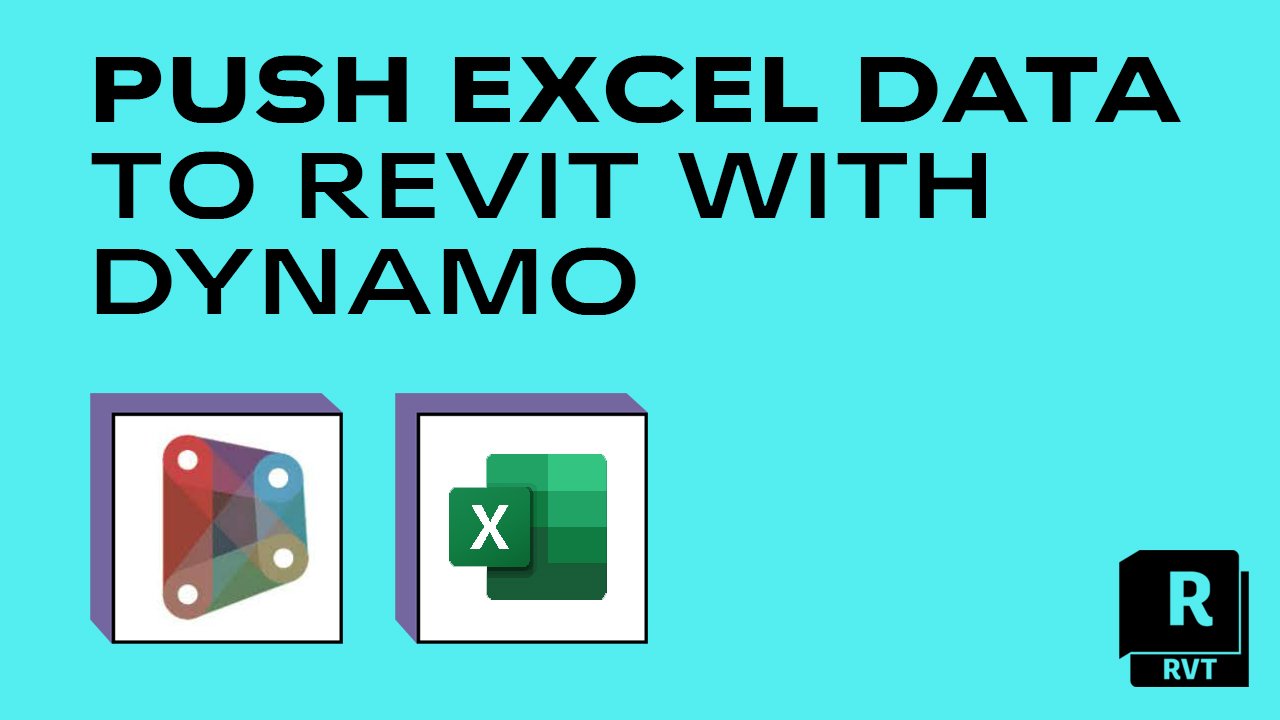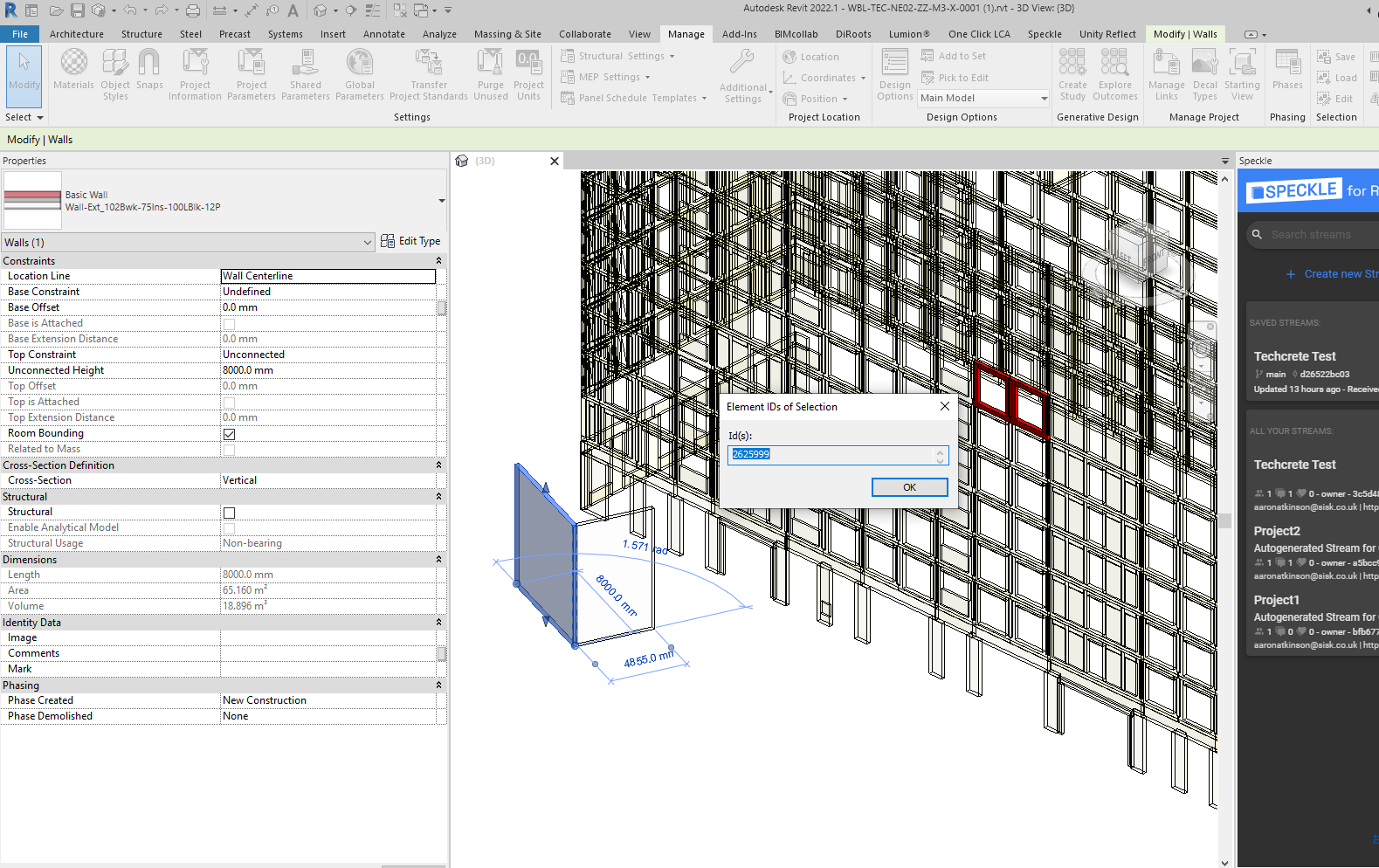Flawlessly Import Excel into Revit: Increase Your Effectiveness
Wiki Article
Mastering the Art of Data Combination: How to Seamlessly Import Excel Info Into Revit
In this post, we will certainly guide you with the process of grasping the art of information assimilation. Obtain all set to prepare your Excel information easily and follow our detailed overview to import documents right into Revit. With our ideal techniques, you'll attain information assimilation success in no time.Understanding the Importance of Data Integration in Revit
Understanding the importance of information combination in Revit is crucial for seamless importing of Excel files. It allows you to efficiently take care of and upgrade info throughout the entire task when you incorporate data from Excel right into Revit. This assimilation ensures that your design and building and construction procedure is precise and updated.By incorporating information, you can easily import and upgrade criteria, routines, and even geometry in Revit. This removes the requirement for hands-on data access, saving you time and decreasing the threat of mistakes. With Revit's data integration capacities, you can preserve consistency and precision in your project, while additionally enhancing collaboration amongst employee.

Discovering the Excel Documents Layout for Revit Assimilation

In order to successfully incorporate Excel files right into Revit, it is essential to ensure that the data is formatted appropriately. This consists of correctly identifying columns and rows, along with structuring the information in a way that is suitable with Revit's information schema. Revit utilizes specific criteria and classifications to organize information, so it is essential to align the Excel information with these parameters to ensure a smooth integration.
Furthermore, it is very important to keep in mind that Revit only sustains specific data types when importing from Excel. These include text, numbers, and days. Any type of various other data kinds, such as formulas or conditional format, will not be acknowledged by Revit and may trigger issues throughout the integration process.
Preparing Your Excel Information for Seamless Import Into Revit
To ensure a smooth combination procedure, you'll require to effectively format and label the columns and rows in your Excel data before importing it into Revit. Begin by analyzing your Excel information and identifying which columns and rows include appropriate info for your Revit job.Following, make sure that the information in each column is effectively formatted. As an example, if you have a column for measurements, make certain that all measurements are consistently formatted in the same units of measurement. Revit counts on regular format to properly translate and import information.
Furthermore, it is essential to inspect for any type of empty cells or disparities in your data. Revit might not have the ability to review or import data from cells that are empty or contain mistakes. Consequently, it is advised to assess your Excel information and tidy up any inconsistencies prior to importing it right into Revit.
Step-By-Step Guide to Importing Excel Record Into Revit
As soon as you have actually appropriately formatted and classified your Excel data, you can easily import it right into Revit by following this step-by-step guide. To start, open Revit and navigate to the "Insert" tab. Click "Import CAD" and choose "Import Excel" from the dropdown menu. A brand-new window will certainly appear, asking you to locate the Excel documents you want to import. Surf your computer system and select the Excel documents, then click "Open."Following, a dialog box will show up, permitting you to personalize the import settings. Right here, you can pick the worksheet you want to import, define the range of cells to import, and pick the suitable devices for your data. When you have actually made your choices, click "OK" to proceed.
this page Revit will certainly top article now show a sneak peek of your Excel data. Take a minute to review the preview and ensure that whatever looks correct. If needed, you can make changes to the import settings by clicking on the "Setups" switch.
Best Practices for Data Assimilation Success in Revit
Make sure you follow these finest techniques to ensure successful assimilation of information in Revit. It is vital to arrange your information in Excel before importing it into Revit. This implies ensuring consistent naming conventions, appropriate formatting, and accurate information representation. Next, take advantage of Revit's built-in tools for information mapping. This will certainly permit you to match the columns in your Excel documents with the equivalent parameters in Revit. Bear in mind the units and data types when mapping the data, as any discrepancies can result in errors in the integration process.One more essential practice is to regularly confirm and update your information. Furthermore, make use of information validation devices within Revit to identify any kind of mistakes or disparities in the incorporated data.
Last but not least, it is suggested to develop a clear process for information combination. This consists of defining duties and obligations, establishing a communication channel in between team participants, and establishing a routine tempo for data updates and testimonials. By following these ideal practices, you can ensure a successful and smooth integration of data in Revit, inevitably improving the effectiveness and precision of your project.
Final Thought
To conclude, why not find out more grasping the art of information assimilation is important for smooth import of Excel files into Revit. Comprehending the relevance of data combination in Revit is the initial step towards successful combination. Discovering the Excel file style for Revit combination assists in recognizing the restrictions and demands. Preparing the Excel information properly and following a step-by-step guide is necessary for a smooth import procedure. By adhering to ideal practices, you can ensure information assimilation success in Revit and make one of the most out of your project.When importing information from Excel right into Revit, it is crucial to comprehend the data style and exactly how it can affect the integration process (revit tool). Revit utilizes particular specifications and categories to arrange information, so it is important to align the Excel information with these parameters to ensure a seamless assimilation
Be conscious of the information and devices types when mapping the information, as any kind of inconsistencies can lead to errors in the integration procedure.
Furthermore, make use of information recognition tools within Revit to recognize any kind of errors or disparities in the incorporated information.

Report this wiki page